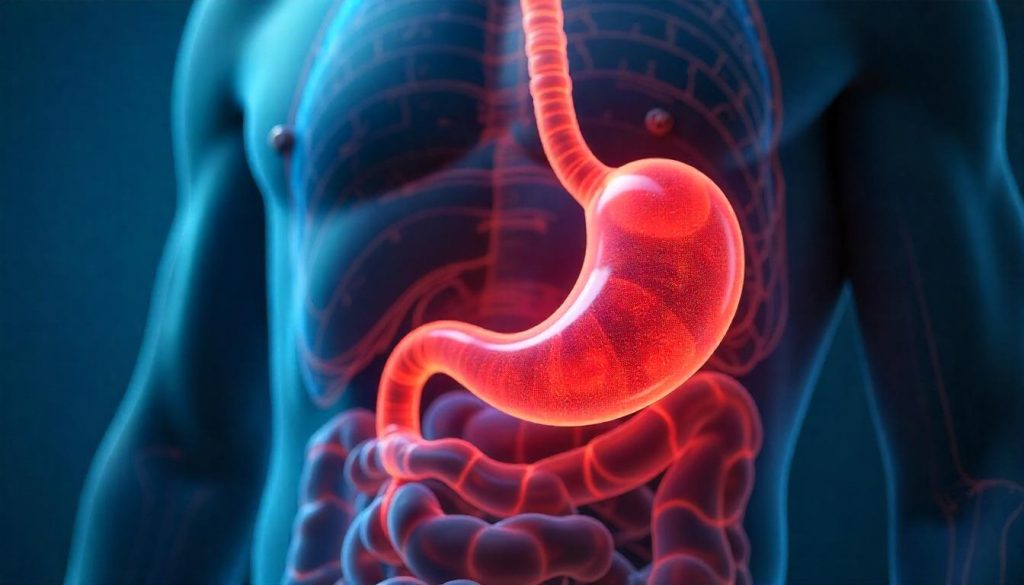Sepsis and Septic Shock
- Home
- Specialities
- Critical Care
- Sepsis and Septic Shock

Overview
Sepsis is a life-threatening medical emergency caused by your body’s overwhelming response to an infection. Without urgent treatment, it can lead to tissue damage, organ failure.
Symptoms and Causes
Sepsis can affect many different areas of your body, so there are many possible symptoms.
If an infection such as blood poisoning (septicemia) triggered your condition, you may develop a sepsis rash on your skin. The rash makes your skin appear red and discolored. You may see small, dark-red spots on your skin.
Other common sepsis symptoms include:
- Urinary issues, such as reduced urination or an urge to urinate.
- Low energy/weakness.
- Fast heart rate.
- Low blood pressure.
- Fever or hypothermia (very low body temperature).
- Shaking or chills.
- Warm or clammy/sweaty skin.
- Confusion or agitation.
- Hyperventilation (rapid breathing) or shortness of breath.
- Extreme pain or discomfort.
Diagnosis and Tests
How is sepsis diagnosed?
It’s very important to quickly identify people with infections that may go on to develop sepsis. There are no strict criteria to diagnose sepsis. That’s why providers use a combination of findings — from a physical exam, lab tests, X-rays and other tests — to identify the infection (blood cultures) and diagnose sepsis.
Providers may sometimes suspect sepsis at bedside using the set of sepsis criteria — a tool called quick sequential organ failure assessment (qSOFA). You may have sepsis if you have confirmed or probable infection and at least two of the following criteria:
- Low blood pressure: Systolic blood pressure (the top number) reading of less than 100 mmHg (millimeters of mercury).
- High respiratory rate: Respiratory rate faster than 22 breaths per minute.
- Glasgow coma scale: A score of 15 or less on the Glasgow coma scale, which determines your level of consciousness.
Providers will request a number of additional tests to identify your infection and any organ damage or dysfunction. These tests may include:
- Blood tests: Complete blood count(CBC), blood cultures, tests to check for abnormal liver and kidney function, clotting problems and electrolyte abnormalities.
- Blood oxygen level: A test to evaluate the level of oxygen in your blood.
- Urine tests: Urinalysis and urine culture.
- Imaging tests: X-rays or CT scans.
Management and Treatment
How do you treat sepsis?
Sepsis treatment needs to begin immediately. The most important concern in sepsis protocol is a quick diagnosis and prompt treatment.
If your provider diagnoses you with sepsis, they’ll usually place you in the intensive care unit (ICU) of the hospital for special treatment. You may receive the following treatment for sepsis:
- Antibiotics: You’ll receive antibiotics if you have a bacterial infection.
- IV (intravenous) fluids: You’ll need fluids to maintain blood flow to your organs and prevent your blood pressure from dropping too low.
- Vasopressor medications:Vasopressors tighten blood vessels. In some cases, you may need them to reach an adequate blood pressure.
- Appropriate supportive care: If organ failures occur, you’ll need other sepsis treatments such as dialysis for kidney failure or mechanical ventilation for respiratory failure.
- Surgery: You may need surgery to remove damaged tissue.
What are the long-term complications of sepsis?
- Insomnia.
- Nightmares or hallucinations.
- Panic attacks.
- Joint and muscle pain.
- Decreased cognitive functioning (learning, remembering, concentrating and making decisions).
- Organ failure.
You’re also at a higher risk of developing sepsis again. So, make sure to have any new infections treated immediately.
Our Team
Doctor Name
Degree, Speciality
Doctor Name
Degree, Speciality
Are you having health problems? Contact us today!
Call Us 24/7: 0161-525 25 25

